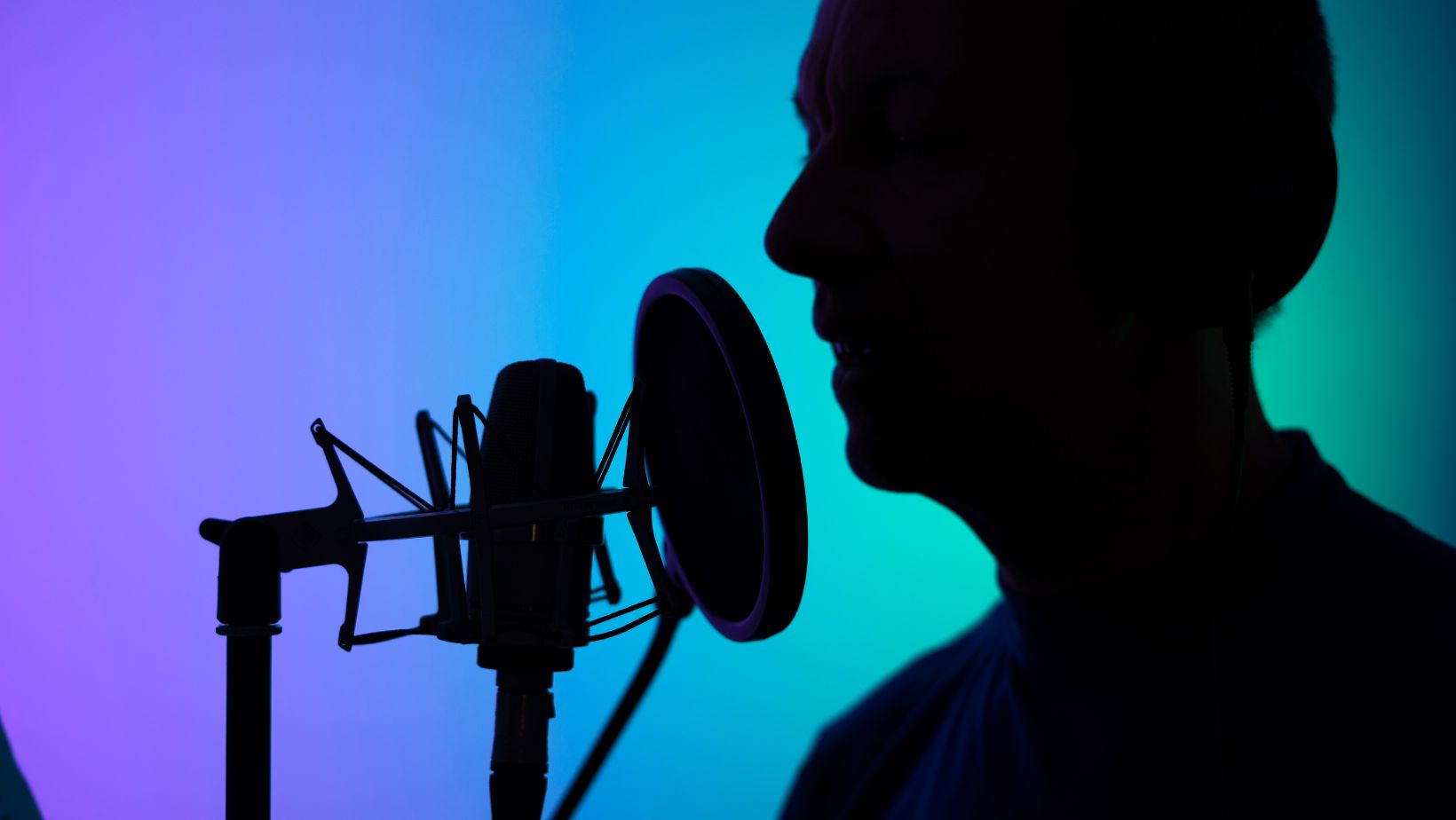Sound quality is the most critical factor when recording voice…A poor acoustic environment can ruin even the best audio performance.. This is why many professionals use a home voiceover booth for recording. It’s a specially designed space to produce clean, crisp audio. Whether you’re building a home studio or working in a professional setting, there are effective strategies to enhance the sound quality of your recordings.
This guide explains how to create an ideal environment for voice recordings. From reducing echoes to soundproofing, you’ll learn tips that work for both beginners and pros.
Why Are Acoustics Important?
Acoustics refers to how sound behaves and interacts with surfaces in a space. Good acoustics help you capture clear voice recordings without unwanted noise. Poor acoustics can cause echoes, muffled sounds, or interference from background noise like fans or traffic.
When recording, every sound is picked up by the microphone. If your space isn’t treated for sound, even small noises like fans, footsteps, or vibrations can ruin the recording. This is why having the right environment is essential.
Choose the Right Location
The first step is to find the best spot for recording. Not every room is suitable for voice work. Here’s what to look for:
- Small Spaces: A small room is easier to control for sound. Large rooms tend to create more echoes.
- Low Noise Areas: Choose a location away from high-traffic areas, external noise sources, or loud household appliances.
- Thick Walls: Rooms with thicker walls block outside noise better.
If possible, consider investing in a voiceover booth, as it provides excellent isolation and professional-grade acoustics. It’s a dedicated recording space that provides professional-grade acoustics.
Control Echoes and Reflections
Echoes occur when sound waves reflect off hard surfaces like walls, floors, and ceilings, disrupting clarity in recordings. These reflections can ruin the clarity of your voice recordings. To fix this, you need to absorb or block the sound waves.
Use Sound-Absorbing Materials
Sound-absorbing materials help reduce reflections. Here are some examples:
- Foam Panels: Affordable and easy to install, foam panels absorb mid to high frequencies.
- Heavy Curtains: Thick, heavy curtains can block reflections from windows.
- Carpets or Rugs: These absorb sound from floors and reduce overall room echo.
Cover large surface areas, especially hard walls and floors, to minimize reflections.
Diffusion Techniques
Diffusers scatter sound waves so they don’t bounce back directly to the microphone. Unlike foam panels, they don’t absorb sound but break it up. This helps make the room sound more natural. Wooden diffusers or bookshelf-style setups can work well.
Soundproof Your Space
Soundproofing differs from sound absorption, as it prevents outside noise from entering and maintains the integrity of your recordings. This is especially important if you live in a noisy area.
Steps to Soundproof Your Room
- Seal Gaps: Sound travels through cracks and gaps. Seal door frames and windows with weatherstripping.
- Use Heavy Doors: A solid-core door blocks more sound than a hollow one.
- Add Mass: More mass means less sound transmission. Use layers of drywall or install soundproof blankets on the walls.
- Install Bass Traps: These absorb low frequencies that can muddy recordings. Place them in the corners of the room for the best results.

While soundproofing can be costly, it’s worth it for serious recording work. If budget allows, a voiceover booth can provide excellent isolation.
Microphone Placement Matters
Even in a well-treated room, improper microphone placement can significantly impact sound quality. Placing the microphone too close to reflective surfaces can cause unwanted echoes.
Tips for Better Placement
- Position the microphone in the center of the treated area.
- Avoid placing it near walls, windows, or corners.
- Use a pop filter to block plosive sounds like “P” and “B.”
Experiment with different angles and distances to find what works best.
The Role of Furniture
Furniture can help improve acoustics if chosen carefully. Avoid furniture that reflects sound, like glass or metal. Instead, use soft materials like upholstered chairs or couches. Bookshelves filled with books act as natural diffusers, scattering sound waves and adding warmth to the room’s acoustics. Place them behind you or to the sides for better balance.
How to Reduce Noise Floor?
- Turn off unnecessary devices, such as fans or air conditioners, to minimize ambient noise during recording.
- Use a low-noise microphone or preamp.
- Record during quieter times of the day.
For near-total control, a voiceover booth is designed to minimize the noise on the floor.
Test Your Setup
Once your space is ready, test it. Record a sample and listen carefully. Look for any echoes, noise, or balance issues. Adjust as needed.
Steps to Test Acoustics
- Clap your hands and listen for echoes, noting areas where sound reflections are most noticeable.
- Speak into the microphone and check for clarity.
- Move around the room to identify areas with excessive reflections or noise interference.
Keep tweaking until the results meet your expectations.
Keep It Comfortable
Recording sessions can take hours, so your space should be comfortable. Proper lighting, a comfortable chair, and ventilation make a big difference.

Avoid harsh lighting or loud fans that can affect the recording. If you’re using a voiceover booth, ensure it’s ventilated to prevent overheating during long sessions.
Final Thoughts
Creating an ideal acoustic environment takes time and effort, but it’s worth it for better recordings. Start with the basics, like choosing the right location and adding sound-absorbing materials. As you refine your setup, you’ll achieve recordings with greater clarity and a professional sound. For optimal sound quality, consider investing in a voiceover booth. It’s a great investment if voice recording is a regular part of your work. Remember, even small improvements in acoustics can make a big difference in how your recordings sound.

